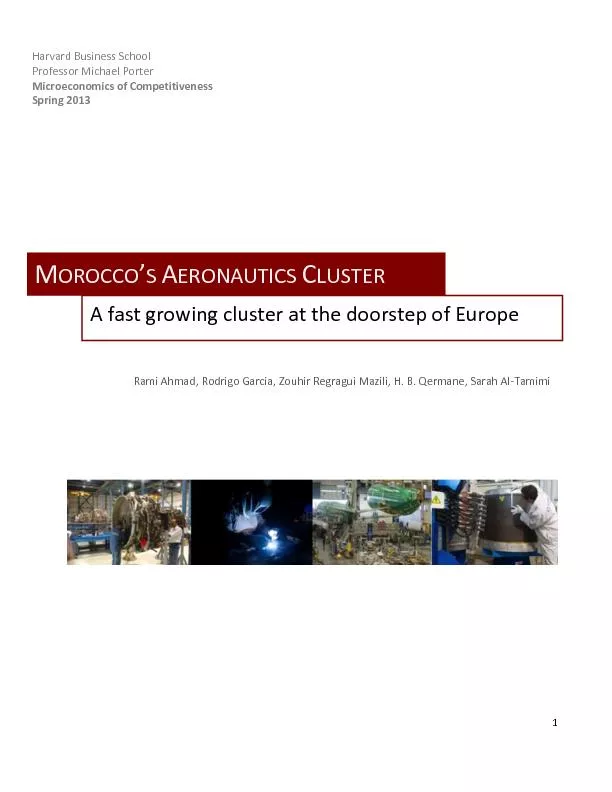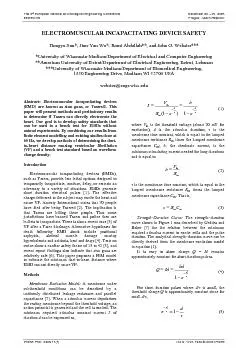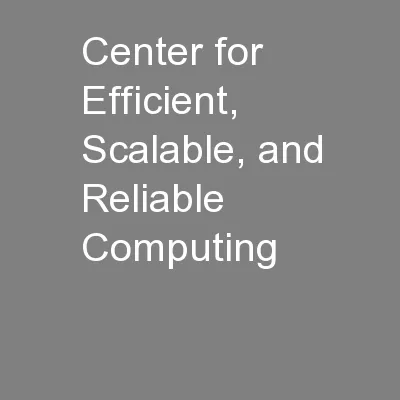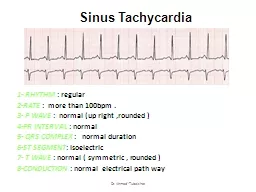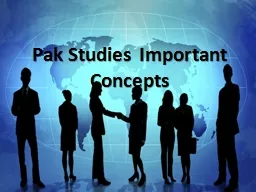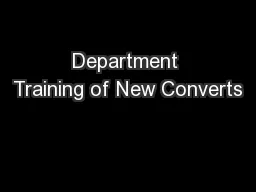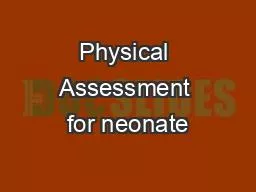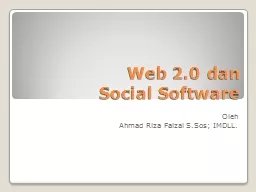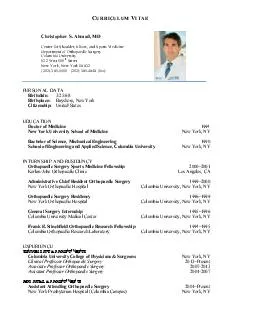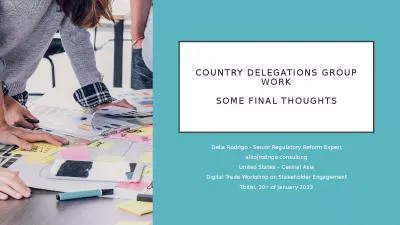PDF-Rami Ahmad, Rodrigo Garc
Author : tatyana-admore | Published Date : 2016-02-28
1 ia Zouhir Regragui Mazili H B Qermane Sarah Al x2010 Tamimi M OROCCO x2019 S A ERONAUTICS C LUSTER A fast growing cluster at the doorstep of Europe Harvard Business
Presentation Embed Code
Download Presentation
Download Presentation The PPT/PDF document "Rami Ahmad, Rodrigo Garc" is the property of its rightful owner. Permission is granted to download and print the materials on this website for personal, non-commercial use only, and to display it on your personal computer provided you do not modify the materials and that you retain all copyright notices contained in the materials. By downloading content from our website, you accept the terms of this agreement.
Rami Ahmad, Rodrigo Garc: Transcript
Download Rules Of Document
"Rami Ahmad, Rodrigo Garc"The content belongs to its owner. You may download and print it for personal use, without modification, and keep all copyright notices. By downloading, you agree to these terms.
Related Documents

